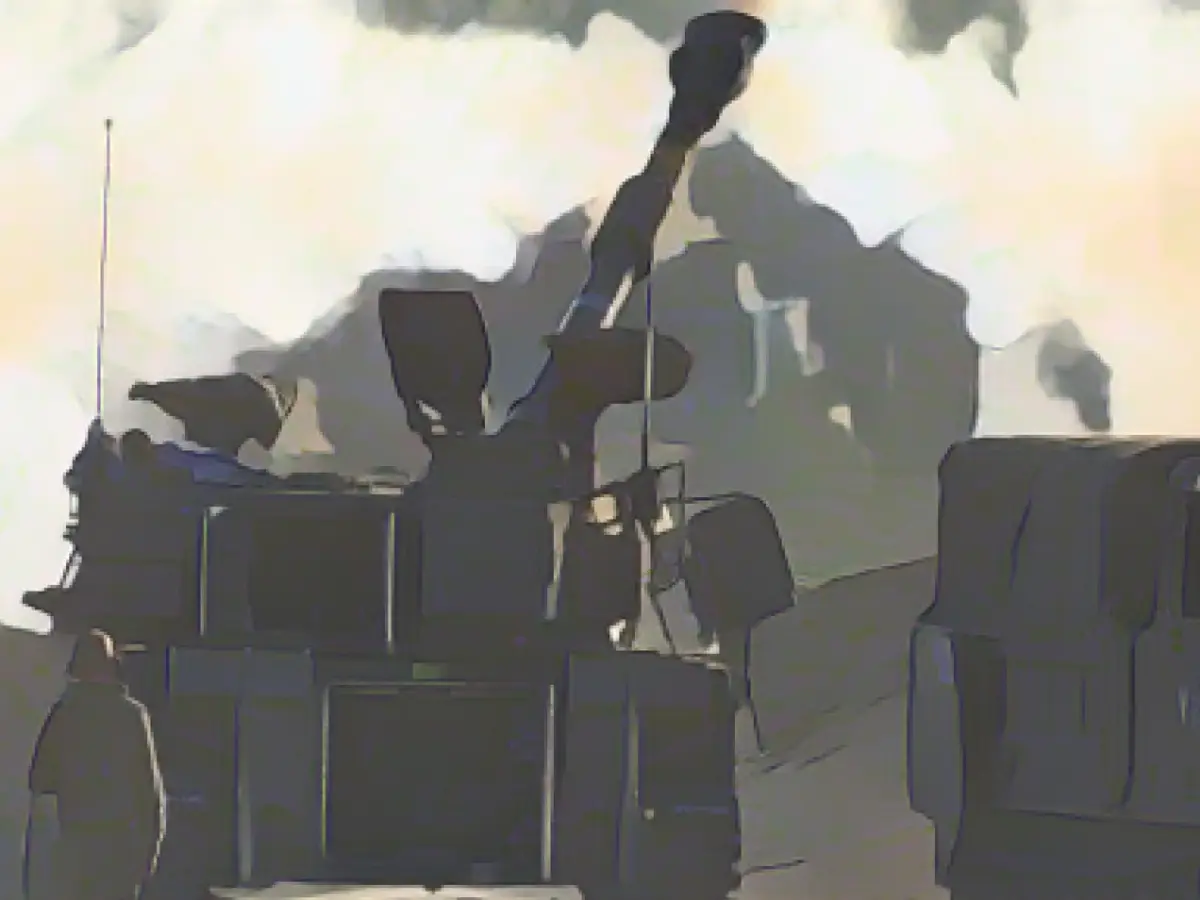In recent developments, the Gaza Strip has been struck by heavy Israeli attacks, resulting in a tragic loss of life. According to reports from the Hamas authority, approximately 700 individuals have succumbed to these attacks within a 24-hour period. These fatalities, however, are yet to be independently verified.
The attack's aftermath has left the area in ruins, making it arduous to rescue the injured. The dense population in the Gaza Strip further complicates matters, as injuries run rampant and hospitals struggle to cope. The region is currently bereft of any safe havens.
In response to the escalating situation, an Israeli army spokesperson advised residents of specific residential areas in the south of the Gaza Strip to vacate their homes and relocate to designated, safer areas. The Israeli Air Force subsequently resumed intensive bombardment of targets in the north and south of the coastal strip following the ceasefire's termination.
This latest round of conflict between Israel and Hamas, instigated by a grisly massacre on October 7 near the Israeli-Gaza Strip border, has resulted in countless casualties in the Gaza Strip. According to Hamas' health authority, the toll exceeds 15,000 individuals, many of whom are civilians.
Israel's ultimate objective is to dismantle the reign of the terrorist organization Hamas in the Gaza Strip and neutralize its military capabilities.
Enrichment Data
The ongoing conflict between Israel and Hamas in the Gaza Strip is characterized by a complex and multifaceted backdrop. Here are the key points:
- Background of the conflict:
- The conflict began on October 7, 2023, with a surprise attack by Hamas on Israel, leading to a significant escalation of violence.
- Israeli response:
- Israel declared a state of war, mobilized tens of thousands of army reservists, and deployed the Yamam counterterrorism unit and four new divisions.
- The Israeli Air Force conducted airstrikes using AI software, targeting Hamas targets, resulting in high civilian casualties. The Israeli Air Force imposed a "complete siege" on the Gaza Strip, cutting off electricity and blocking the entry of food and fuel, which was later partially lifted under international pressure.
- Humanitarian crisis:
- The conflict has led to severe destruction of residential areas and infrastructure. Nearly 70% of all structures in the Gaza Strip have been destroyed or damaged, and 92% of all housing units are affected.
- The war has resulted in at least 14,500 child deaths, thousands of injuries, and nearly one million displaced people, with many having been displaced repeatedly.
- Ceasefire Agreement:
- A ceasefire agreement was announced on January 15, 2025, and went into effect on January 19, 2025. The agreement includes a hostages-and-prisoners exchange and a phased withdrawal of Israeli forces from Gaza.
- Current tensions:
- Despite the ceasefire, both sides have accused each other of violations. Israel has been accused of killings and hindering aid deliveries, while Hamas has been criticized for delays in providing the names of hostages.
- Humanitarian Needs:
- The United Nations and humanitarian organizations are working to scale up aid delivery and support the recovery of Gaza. However, significant challenges remain, including the need for rapid, unhindered, and uninterrupted humanitarian access to respond to the enormous suffering caused by the war.
The conflict is characterized by a cycle of violence, with both sides accusing each other of aggression and non-compliance with the ceasefire agreement. The humanitarian situation remains dire, with ongoing displacement and destruction of infrastructure.








